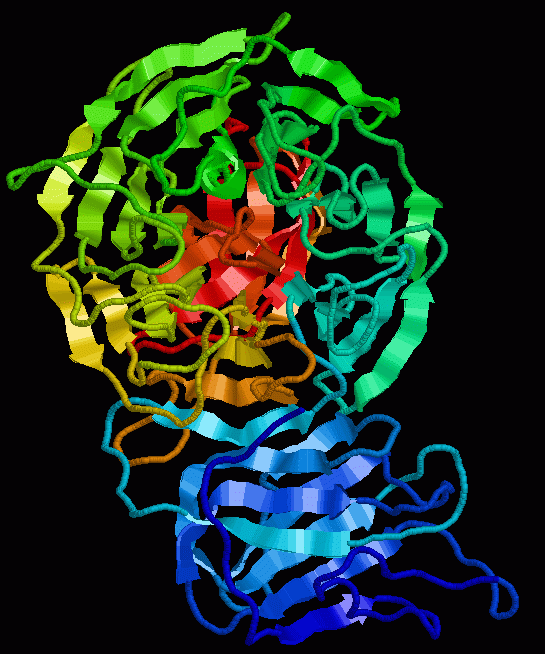ASTMH Annual Meeting 2025
blogBeing basic: connecting fundamental research to public health
By: Rebecca E.k. Mandt, Ba, Harvard T.h. Chan School of Public Health

The American Committee of Molecular, Cellular and Immunoparasitology (ACMCIP) is one of the subgroups in ASTMH most focused on basic science. As a molecular biologist myself, I believe that it is important to recognize that basic science plays an important role in advancing public health.
One topic that is currently of critical importance to global health is the emergence and spread of artemisinin resistance in malaria parasites. Artemisinin-based therapy is the frontline treatment for malaria. Public health efforts have successfully led to a dramatic reduction in malaria mortality over the last decade, but resistance to artemisinin threatens to reverse this progress. As of now, artemisinin resistance has mainly been observed in southeast Asia, but there is great concern that it will spread to Africa and other regions with a higher burden of disease.
Three of the talks in the ACMCIP session on “Malaria - Molecular Mechanisms of Pathogenesis and Resistance” focused on understanding the genetic and molecular underpinnings of artemisinin resistance. Researchers already know that mutations in the malaria parasite gene kelch13 are associated with resistance to artemisinin. While many different mutations in kelch13 have been identified, some are more common than others in southeast Asian parasites. Further, only some of these mutations have been confirmed to actually alter the parasite’s sensitivity to artemisinin and thus contribute to drug resistance.
Barbara Stokes, M.Sc., a graduate student in David Fidock’s lab at Columbia University Medical Center, used the genetic editing tool CRISPR/Cas9 to separately introduce six of these different mutations into malaria parasites, in order to test which mutations actually cause the parasite to become resistant. She did these experiments using parasites that were isolated from different geographic regions in both southeast Asia and Africa, which are genetically distinct. Interestingly, she found that the impact of the mutations differed depending on where the parasites came from, and their ‘genetic background’. This work is important to help understand how likely it is for artemisinin resistance to spread outside of southeast Asia, and to predict what mutations in kelch13 might be the most important drivers of resistance in regions like Africa.
Graduate student Maisha Khair, MS, and colleagues in Kasturi Haldar’s lab at the University of Notre Dame took a different approach to understanding these resistant parasites. They compared RNA transcription in both artemisinin-sensitive and resistant parasites. It is often said that DNA is the ‘instruction manual’ for cells. RNA can be thought of as the molecule that conveys those instructions. This means the cell can adapt to different conditions, and make more or less RNA conveying the instructions for particular genes, depending on what the cell needs. In addition to looking at differences in RNA, they also looked at differences in proteins—the molecular building blocks of the cell, between resistant and sensitive parasites. Understanding what makes resistant parasites unique at the RNA and protein level could eventually lead to the development of new diagnostic tools.
Finally, Aabha Sharma, PhD, my colleague in Dyann Wirth’s lab at the Harvard T.H. Chan School of Public Health, also presented at the session. She is following up from the work of Allison Demas, PhD, a previous graduate student in the group. Allison grew the parasites in the lab, exposing them over time increasing amounts of artemisinin. Doing this, they actually evolved resistance in the lab. When she sequenced the genome of the parasites she found, to her surprise, that the resistant parasites did not have mutations in kelch13. Instead, they had mutations in a different gene, called coronin. Aabha has since confirmed through genetic editing, again with CRISPR/Cas9, that mutations in coronin can indeed cause the parasites to become resistant to artemisinin. She is continuing to explore how, on a molecular level, these mutations lead to resistance. The finding that there are genes other than kelch13 that can cause resistance to artemisinin has important implications for monitoring artemisinin resistance in regions outside Southeast Asia, and suggests that coronin, and potentially other genes, should be included in these monitoring efforts.
Ultimately the session provided examples of elegant scientific research exploring the fundamental biology of the malaria parasite. These research efforts increase our basic understanding of the parasite. They also lay the groundwork for developing tools and strategies to address the growing threat of artemisinin resistance, and illustrate the often under-appreciated role that basic science has in public health.
Rebecca Mandt is a 5th year graduate student in the laboratory of Dr. Dyann Wirth. TropMed is one of her favorite events of the year.
Related Posts
By: Matthew Davis, Burness